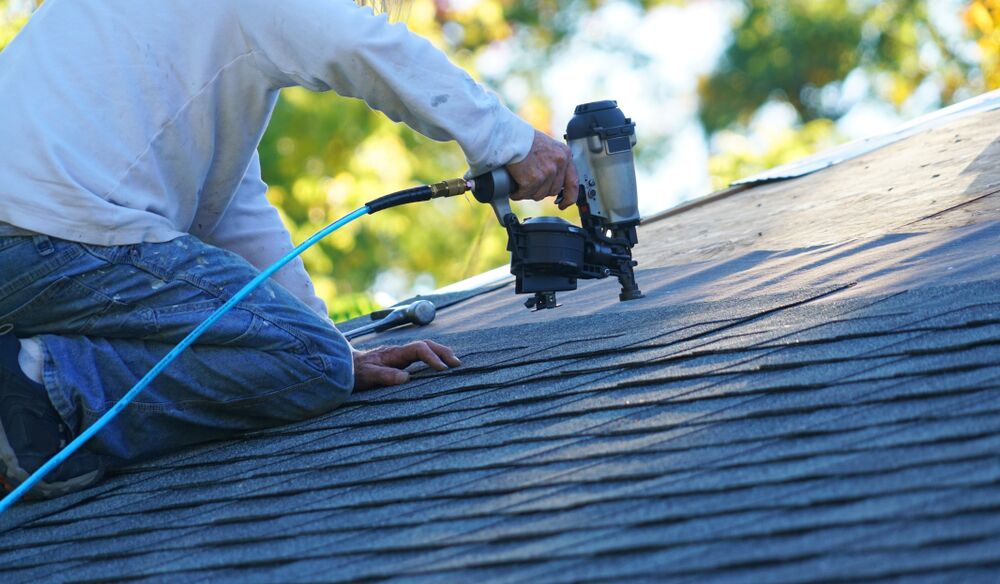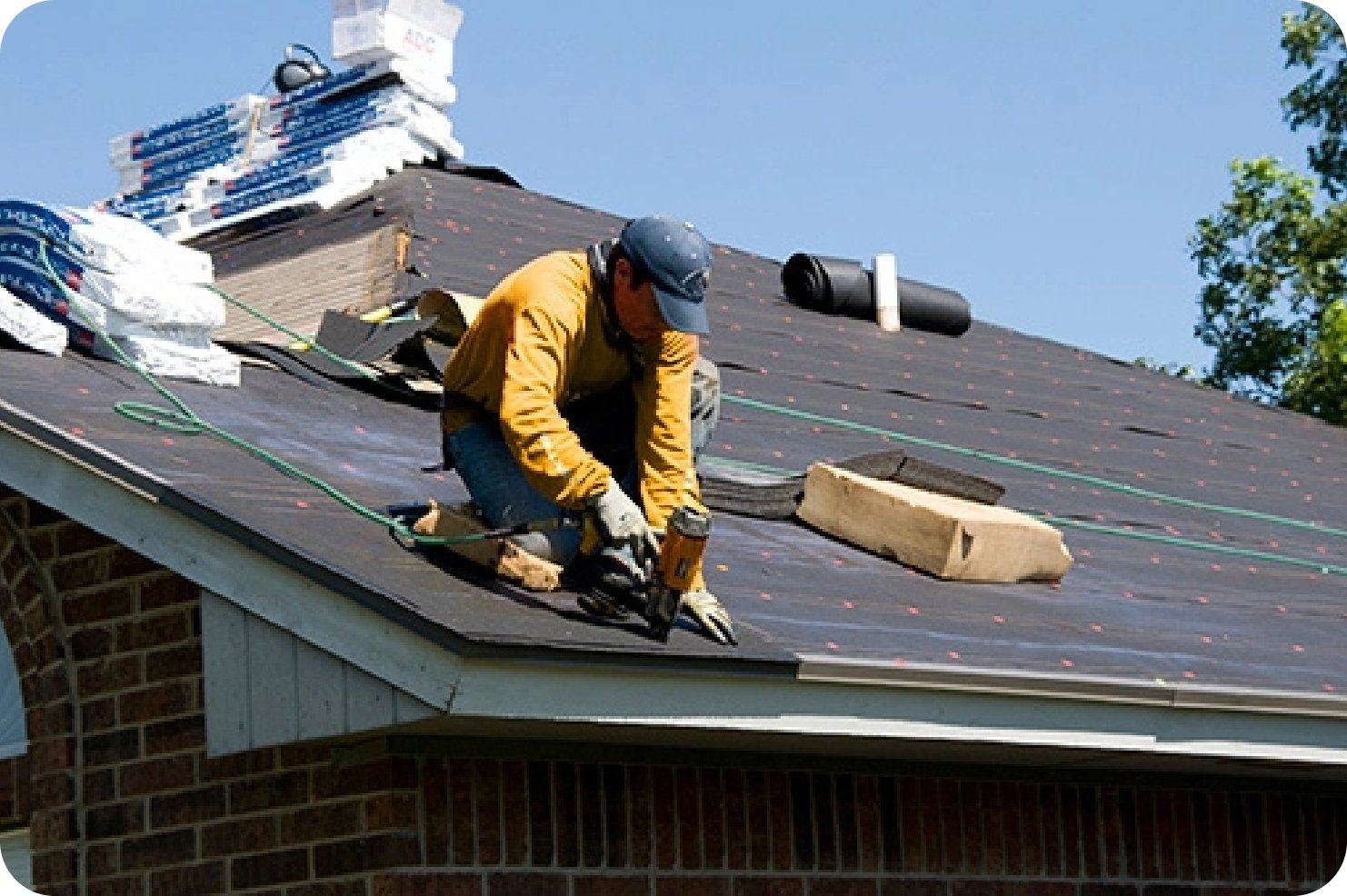Roof Repair Oahu: Quick and Affordable Roof Repairs Near You
Roof Repair Oahu: Quick and Affordable Roof Repairs Near You
Blog Article
Understanding the Different Kinds of Roof Coverings: A Comprehensive Guide for Homeowners
In the world of homeownership, selecting the ideal roofing style is a decision that brings substantial implications for both functionality and aesthetic charm. With a selection of alternatives-- varying from the standard gable to the modern flat-- each kind presents unique benefits and difficulties that must straighten with the homeowner's particular requirements and environmental considerations. Comprehending these distinctions not just help in making an educated option yet additionally influences lasting maintenance and power efficiency. As we explore the ins and outs of various roof covering kinds, it ends up being evident that a person dimension does not fit all; the right selection might stun you.
Gable Roofing Systems
Saddleback roofs, characterized by their triangular form, are among one of the most prominent roof designs as a result of their simpleness and effectiveness in dropping water and snow. This design features two sloping sides that meet at a ridge, enabling effective drainage and minimizing the threat of water accumulation. The high pitch generally connected with gable roofings improves their capacity to manage hefty precipitation, making them ideal for various climates.
Along with their functional benefits, gable roofs supply aesthetic convenience. They can be adapted to numerous architectural designs, from traditional to modern-day homes. The style can also fit added functions such as dormer windows, which boost all-natural light and ventilation in the attic room area.
Furthermore, gable roofs provide adequate room for insulation, adding to energy effectiveness. House owners can select from a range of roof products, including asphalt roof shingles, steel, and floor tiles, additionally improving modification options.
Regardless of their advantages, saddleback roofs might need extra assistance in areas vulnerable to high winds or hefty snowfall. On the whole, the gable roofing remains a favored selection as a result of its mix of capability, longevity, and aesthetic allure.
Flat Roofs
Flat roof coverings are usually acknowledged for their minimal style and useful applications, especially in commercial and commercial settings (oahu roofing). These roof coverings include a virtually horizontal or horizontal surface area, which permits for very easy building and construction and functional room use. While they might lack the aesthetic appeal of pitched roofing systems, level roof coverings supply many advantages, specifically in urban atmospheres where taking full advantage of room is essential
One of the main benefits of level roofing systems is their availability. Home owners can use the roofing area for various functions, such as rooftop gardens, terraces, or solar panel installations. Additionally, level roofings are generally a lot more cost-efficient to set up and preserve compared to their sloped equivalents, as they require fewer products and labor.
Nonetheless, flat roofs do present particular obstacles. Appropriate water drainage is vital to prevent water merging, which can bring about leakages and structural damage. Thus, choosing top notch waterproofing materials and regular examinations are important for ensuring durability. Usual materials utilized for flat roofs include built-up roof covering (BUR), modified bitumen, and single-ply membrane layers, each offering distinct advantages. Overall, flat roof coverings work as a useful and adaptable selection for many property owners and services alike.
Hip Roofings
Hip roof coverings are characterized by their sloped sides that assemble on top, creating a ridge. This style stands out from saddleback roofs, as all four sides visit homepage of a hip roofing slope downwards towards the walls, giving a much more secure structure. The angle of the slopes can vary, enabling convenience in architectural aesthetics and capability.
One of the main benefits of hip roofing systems is their capability to withstand heavy winds and negative weather. The sloped surface areas enable far better water drain, lowering the threat of leakages and water damage. Additionally, hip roofings use increased attic room area, which can be made use of for storage space or perhaps exchanged comfortable areas.
However, creating a hip roofing system can be extra complex and costly than less complex roofing system types, such as gable roofing systems. The additional product and labor associated with producing the slopes and making sure correct structural honesty can cause higher costs. In spite of these drawbacks, many house owners prefer hip roof coverings for their toughness, aesthetic charm, and potential for energy effectiveness.
Mansard Roofings
Mansard roofings, often recognized by their distinct four-sided style, attribute two slopes on each side, with the lower slope being steeper than the top. This architectural style, stemming from France in the 17th century, is not just cosmetically appealing but useful, as it optimizes the usable space in the upper floorings of a structure. The steep reduced slope allows for more headroom, making it an excellent selection for attics or loft spaces, which can be exchanged living rooms.
Mansard roofing systems are defined by their convenience, suiting numerous architectural designs, from conventional to modern-day. They can be constructed with various materials, including asphalt shingles, slate, or metal, providing house owners with a variety of options to match their budgets and choices. Furthermore, the design permits the assimilation of dormer windows, enhancing all-natural light and air flow in the top degrees.
Nonetheless, it is vital to think about the possible disadvantages. Mansard roofing systems might call for more upkeep due to the intricacy of their layout, and their steep slopes can be testing for snow and rain overflow. On the whole, mansard roofs incorporate style with usefulness, making them a popular option amongst homeowners seeking distinctive architectural features.
Lost Roofings
As home owners significantly look for simplicity and functionality in their building styles, dropped roofs have actually become a preferred option. Characterized by a single sloping airplane, a shed roof covering presents a minimal aesthetic that matches numerous home designs, from modern to rustic.
Among the main benefits of a shed roof covering is its straightforward building and construction, which often translates to reduce find out here labor and product expenses. This layout permits efficient water drain, reducing the danger of leaks and water damages. Furthermore, the vertical slope offers ample area for skylights, improving all-natural light within the interior.
Dropped roofing systems likewise supply flexibility in terms of usage. They can be successfully integrated into enhancements, garages, or outside structures like structures and sheds. In addition, this roofing style can suit different roof covering materials, including metal, asphalt roof shingles, or also environment-friendly roofings, aligning with green efforts.
Nonetheless, it is necessary to take into consideration local environment conditions, as hefty snow tons important site might demand modifications to the roof covering's angle or structure. On the whole, lost roofings offer a functional and visually pleasing alternative for homeowners looking to make best use of performance without jeopardizing design.
Conclusion


Gable roofing systems, characterized by their triangular shape, are among the most popular roofing designs due to their simpleness and effectiveness in losing water and snow. oahu roofing. The high pitch typically associated with gable roofing systems enhances their capacity to deal with hefty rainfall, making them appropriate for various climates
While they might lack the aesthetic allure of pitched roofings, level roof coverings use many benefits, particularly in metropolitan atmospheres where making the most of space is vital.

Report this page